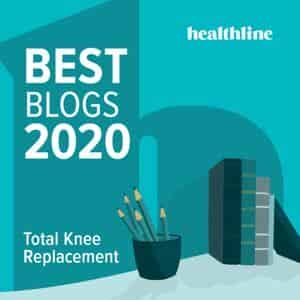I’m well versed on positioning to reduce swelling, as I’m often positioning patient limbs at work to get swelling down and measure/fit for compression garments (I wear compression myself and swear by it for vein/lymphatic vessel health and believe just about everyone can benefit at some point from it’s help in aiding circulatory return).
Jamie from admin once explained that it is our lymph system that rids the body of fluid (swelling). So you want to get the fluid to the lymph nodes in your torso area so your body can more quickly process it. The lymph system works rather slowly on its own and much more efficiently with the assistance of gravity. The fluid isn’t draining into the hips, but contained with the lymph system and moving to the torso and lymph nodes located there.
BoneSmart FA, CricketHip, is involved in Therapeutic Massage and has shared this exercise to assist in manual lymph drainage. This gentle, yet effective therapy will help prime your lymphatic system to move fluid and inflammation away from your leg, which in turn will help your range of motion and pain - you may want to give it a try and tag her if you have any questions.
While lying supine, take deep breaths...deep, as in breathing in to a count of 5, 4, or 3 seconds, whatever is most comfortable for you. Hold that breath for another count of 5, 4, 3 then blow out completely, still using the count that's comfortable for you. A series of at least 6 reps may help get the excess swelling to move. To ensure you are taking proper deep breaths, place your hand on your naval and watch while taking in your breath, if doing this properly you should see your hand move up. Repeat this whenever you feel up to it during the day or night. Lying flat (supine) is best as the lymph nodes seated in your groin are less restricted, allowing for better lymph flow.
In addition, after the breathing exercise, place your hands lightly on your upper thigh, at the crease in your groin and lightly stroke upwards towards your naval. Be patient because it can take the body time to respond.
I read this recently - After a sports injury or surgery, lymph vessels can become overwhelmed with the demand placed on them. When tissues are swollen, deep tissue techniques may actually cause damage to the lymph vessels and surrounding structures. Lymphatic massage is often the treatment of choice, because it helps the body remove proteins and waste products from the affected area and reduce the swelling. This helps reduce pressure on cells and allows them to reproduce faster to heal the body.
Best Wishes, dotski!



 United States
United States


